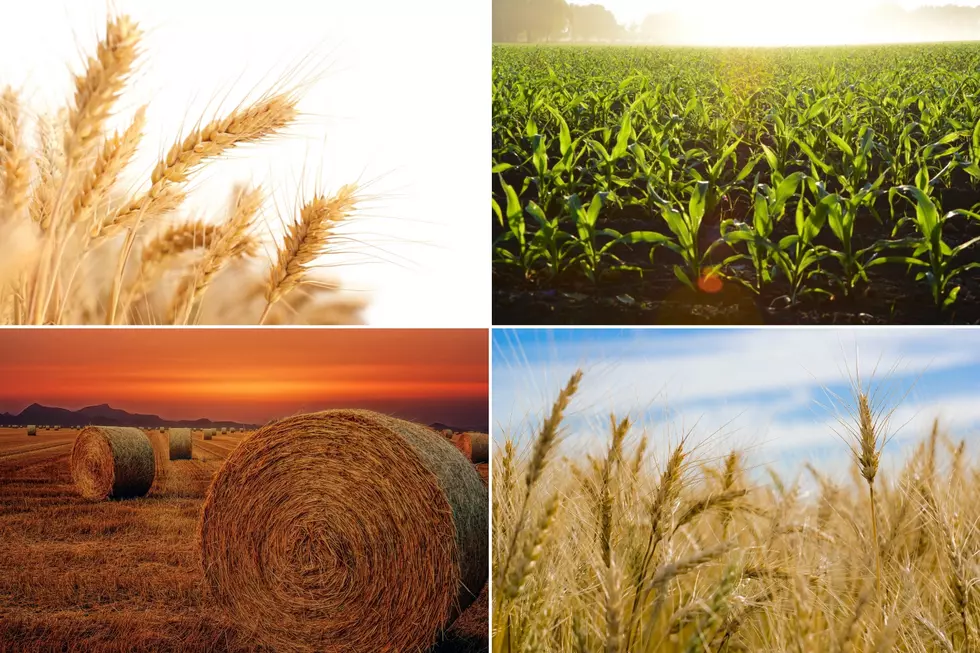
Idaho Farmers Have Better Year Than Expected
MOSCOW, ID — New USDA data show a University of Idaho Extension agricultural economics report released early this year significantly underestimated Idaho food producers’ 2022 profits while overstating increases to their production costs.
U of I agricultural economists Brett Wilder, Rita Du and recently retired Garth Taylor presented “Financial Conditions of Idaho Ag, 2022” to the state Legislature on Jan. 5, concluding Idaho agricultural cash receipts set a record that year, rising 28% from $8.6 billion to $11 billion.
They also calculated a record 58% increase in net farm income, with producers’ profits reaching $3 billion from $1.9 billion in 2021.
A USDA report published Aug. 31 shows the reality was even better for Idaho producers than the rosy numbers U of I previously released. The economists closely pegged cash receipts, which USDA recently estimated at $11.2 billion. They fell dramatically short of the mark, however, with their net farm income estimate, which was 43% under USDA’s whopping recent estimate of $4.3 billion.
“We underestimated an all-time record, and now 2022 is the best year by far we’ve ever had in Idaho agriculture,” Taylor said. “It didn’t turn out that these input costs ate up all of the profits.”
According to the recent USDA report, Idaho producers’ expenses totaled $8 billion, compared with the economists’ prediction of $8.9 billion.
“It was a huge boon for farmers in 2022 – just absolutely incredible numbers that we may not see again for a while,” Wilder said. “On the net we came pretty close on revenue, but we wildly overestimated expenses.”
For example, they estimated producers’ manufactured inputs – such as diesel, fertilizer and pesticides – rose from $1.5 billion in 2021 to $2 billion in 2022. The more recent USDA numbers show manufactured inputs used by Idaho producers actually dropped by $20 million. The economists based price estimates of inputs largely on surveys and USDA nationwide input cost estimates available to them at the time.
Wilder believes the U of I report was fairly accurate in its price estimates. He attributes the input cost discrepancy mostly to producers cutting back on their use of inputs or substituting with cheaper options. He suspects many producers also saved by buying inputs in bulk when prices were cheaper.
“As a whole, the true cost if they were to use the same amount in 2022 as they used in 2021 should have been higher,” Wilder said. “My assumption is the use rate was lower. What must have happened is they found a lot of cheaper options, or there were a lot of prebuys, or people didn’t use certain inputs, but the dollars spent on that category was down.”
The U of I report also overestimated producers’ interest expenses and rental payments to landlords at $1.9 billion, compared with $1.5 billion in the recent USDA report.
“We think the impact of those higher rates will be more seen in 2023 than it was in 2022,” Wilder said. “Those rates were coming up in 2022 and they really weren’t high the whole year. Those adjustments will be made at year end or at renewals.”
The strong 2022 growing season underscores the importance of agriculture to the state’s economy. Idaho ranks third among western states for cash receipts, slightly behind Washington.
“It’s not unrealistic to see Idaho become second for cash receipts in the West if we continue on this trend,” Wilder said.
The recent USDA numbers aren’t final and may still be slightly tweaked in future updates.
The economists do not anticipate Idaho agriculture will set additional revenue records in 2023. In fact, USDA is bearish on 2023 earnings. USDA farm income projections released Sept. 7 anticipate a record $42 billion decline in net farm income during 2023. If realized, the decline would represent a 23% income drop from the prior year and would be the largest in history in nominal terms and the third largest decline ever when adjusted for inflation.
Source: University of Idaho Extension
5 Reasons Californians Should Not Move to Washington State
More From PNW Ag Network









